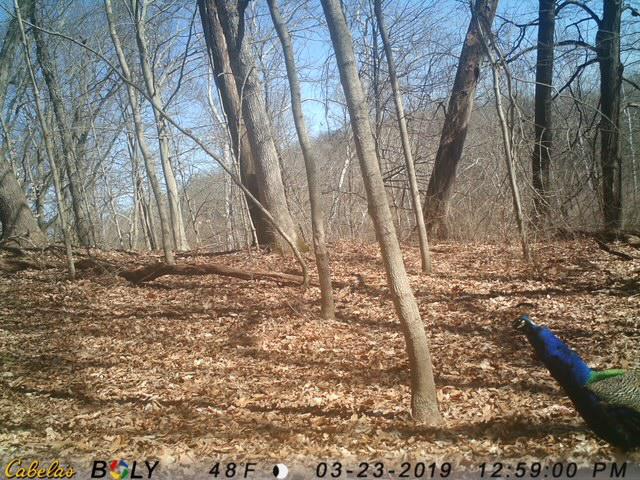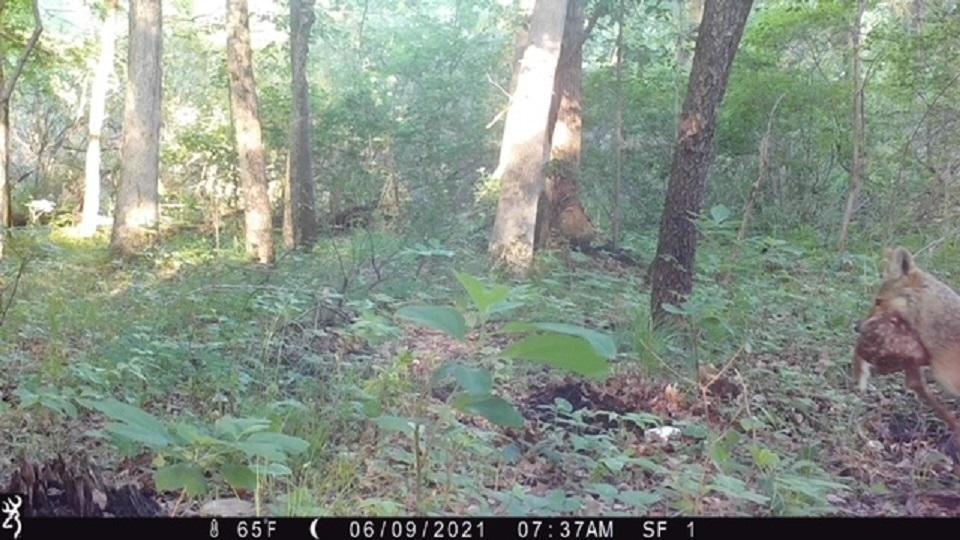2nd Shift Sewer & Plumbing® is the leading provider of plumbing services in Howard County and the surrounding areas. With more than 30 years of experience, their knowledgeable and licensed technicians have the expertise to fix any plumbing or sewer problem you may have.
In my opinion, when trail cameras became popular, it was well deserved and accepted by many outdoors enthusiasts. Similar cameras had been used for surveillance and security purposes quite efficiently for many years, and since their arrival on the scene, thousands of hunters, campers, and people developed quite an interest in using them.
I was somewhat “old school” and was not overly impressed with them, but after losing a long-time hunting property that I had invested several decades hunting and learning, I tried a trail camera just to see what all the hype was about. The first trail cameras were mostly “home brew,” and they were heavy, bulky, loud, and had a white flash that spooked a lot of game animals.
They were not very clear, but it gave you a rough idea of what, if any, animals or activity was going on in your area. The early models were basically using a camera with a roll of film that had to be developed before you could view the photos.
As they progressed and improvements were made, they became smaller, quieter, with much better clarity, had camouflaged finishes, and they started using SD cards instead of film. The white flash was eliminated with a red glow, black, or no flash feature. You could view the photos immediately using an SD card reader. Now they have cellular trail cameras that actually send the photos to your cellphone or home computer.
A trail cam photo of a bobcat, captured by a Lantern reader along the Deer Creek outside of Galveston.
I had to admit and confess I was wrong in my in my assessment on the value and use of trail cameras. I always stated I would never use a trail camera. I humbly apologize. I will also have to admit trail cameras can be addictive!
After I received my first trail camera as a gift from my wife years ago, I experimented and started obtaining “just one more,” but it was just like the commercial about the potato chips. You can’t have just one! I tried several different makes and models, and before long I ended up with 12 trail cameras, and that soon blossomed to more than 25 trail cameras. (Please don’t tell my wife!)
Along with that, I had to have an assortment of SD cards (numbering somewhere close to 50) so I can simply replace the SD card with a “clean card” and reset the camera. I also had to start taking out a loan for fresh AA batteries. I had to have a handheld SD card viewer, a waterproof satchel carrying bag to carry all the cameras, batteries, SD cards, attachment straps, and scent-free surgeon’s gloves for each trip. I might add, I have not joined the cellular users ... YET!
Over the decades that I have been using trail cameras, I have downloaded pictures from the SD cards and have been astonished. I have thousands of pictures of whitetail deer, coyotes, possums, raccoons, fox, turkey, squirrels, birds, owls, chipmunks, mushroom hunters, other deer hunters, trespassers on ATVs, UTVs, horseback, and even some young folks “partying” in the woods.
I even have a picture of a peacock walking past my tree stand. I have a couple pictures of coyotes with fawns in their mouth and pictures of bobcats strolling through the woods.
It is not unusual for me to have well over 1,000 photos on each SD card. It normally takes me a couple days to download, view, keep, or delete photos and put a few in my files. I often use those photos in my articles. I check my cameras every two weeks.
I try to get my trail cameras placed in the woods in early April so I can start seeing the pregnant does and get an idea how healthy they are. I get to see the bucks regrowing their antlers, and I get to see the new fawns after they are born and following their mommas around in the woods.
I try to have my cameras placed along well-used deer trails, and I always place the cameras facing north and south, so I don’t have the sun shining into the cameras and causing blurring. When I enter the woods, I make as little noise as possible, so I do not spook the deer, just like I was deer hunting. By the time deer season arrives in October, I have a great idea of the numbers of deer actively using the area, the time of day, the direction they were traveling, the time of day they were photographed, and even the air temperature.
Yes, trail cameras are valuable assets if you use them correctly. I like to show some of my trail camera pictures to people who had no idea what was walking around in the woods, especially after dark. Some people have no idea there are deer close to their homes. They have no idea there are coyotes and foxes living right behind their shed or barn, and when you mention a bobcat, they almost become hysterical.
Yes, folks, there are numerous species of wildlife making a comeback right under your nose. But don’t think they are moving in on you. They were already here. You actually moved in on them!






